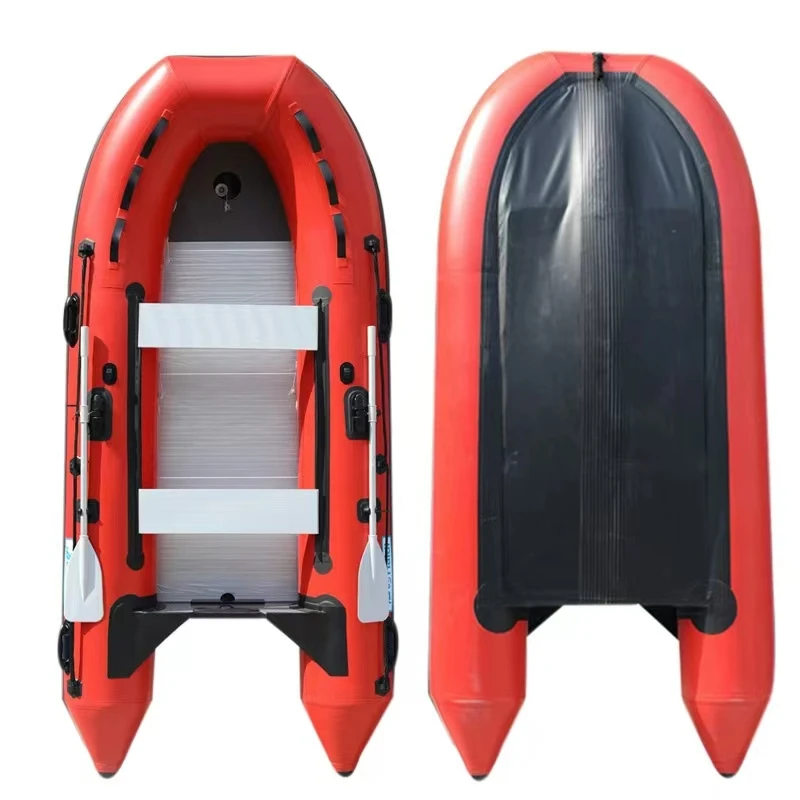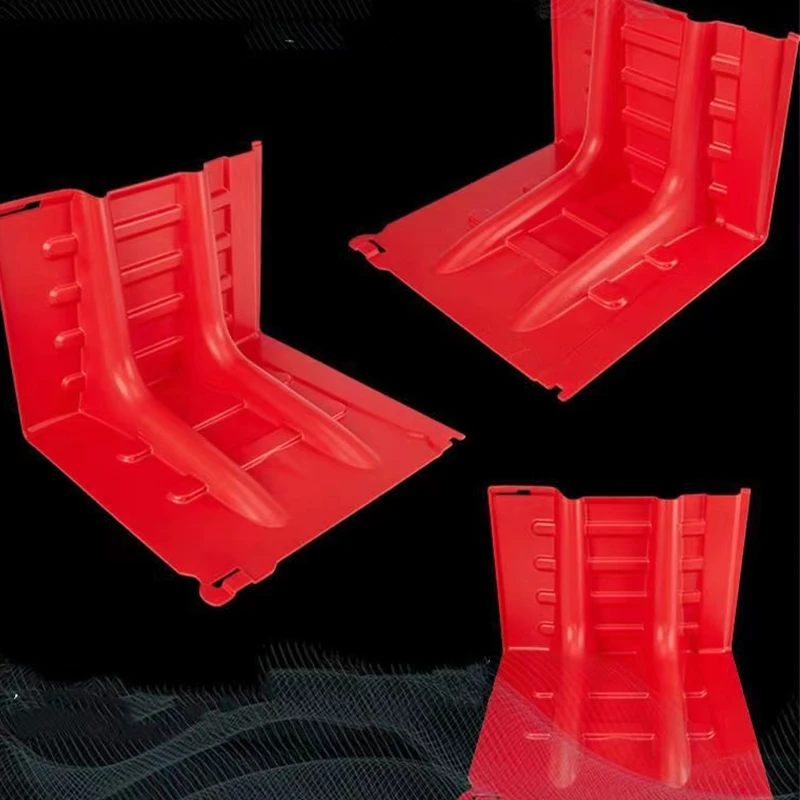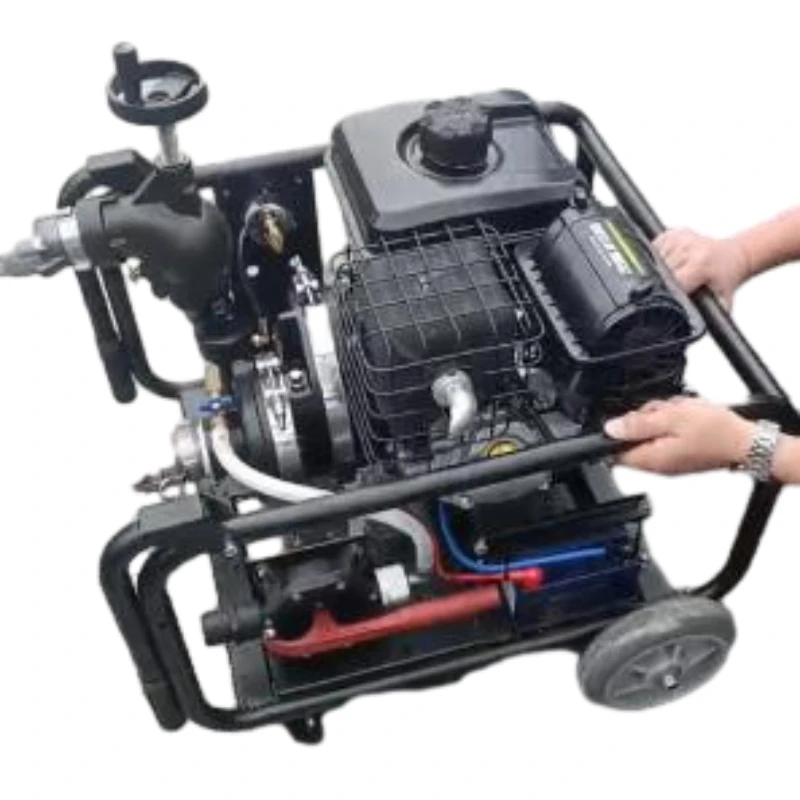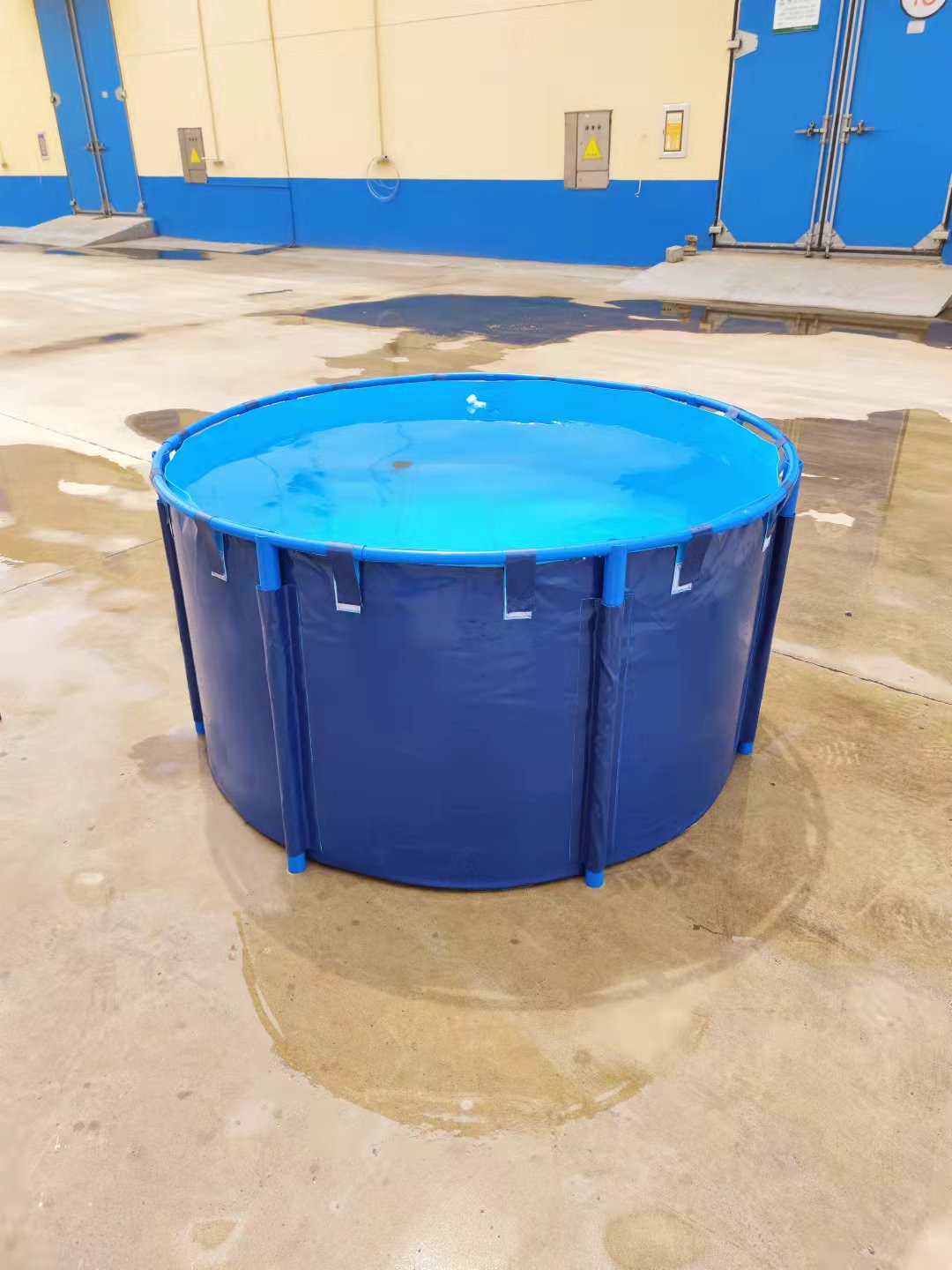A Field-Tested Look at a Light Duty High-Pressure Forestry Pump
If you’ve chased a flame line up a ridge at dusk, you know the difference a reliable pump makes. The Light duty high pressure forestry portable fire water pump is built for crews who hike further, carry lighter, and still need nozzle pressure that bites. I’ve handled a few versions of these over the years; this category has matured fast—lighter frames, better seals, smarter priming. And yes, surprisingly, less fiddling with choke and throttle than a decade ago.
Industry trend snapshot
The wildland sector is leaning into compact, high-pressure units that can sustain 8–12 bar at the nozzle with modest flow, optimized for long hose lays and spot fire knockdown. Real-world use is migrating to modular kits—quick-couplings, lightweight lay-flat hose, and altitude-tuned carburetion. Many customers say they prefer pumps under 12 kg that still push 100+ m head; this model sits squarely in that sweet spot.
Key specifications (field-typical)
| Pump type | Single-stage high-pressure centrifugal |
| Max head | ≈ 110–130 m (real-world may vary) |
| Max pressure | ≈ 1.1–1.3 MPa (160–190 psi) |
| Flow rate | ≈ 120–200 L/min @ 0–0.4 MPa |
| Engine | Petrol, air-cooled, 2–4 stroke options; ≈ 2.2–4.8 kW (SAE J1349) |
| Dry weight | ≈ 10–12 kg (with frame) |
| Suction lift | Up to ≈ 7 m (primed) |
| Outlets | 1×1.5" or 2×1" (NST/BSP on request) |
What it’s made of and how it’s built
Light Duty High Pressure Forestry Portable Fire Water Pump housings are typically hard-anodized aluminum with CNC-machined volutes; impellers are aluminum alloy or stainless (custom). Seals are SiC/SiC mechanical types, and outlet manifolds are brass. Methods include TIG-welded frames, shot-peened components, and hard-anodizing on wear paths. Each unit is hydrostatically tested to ≈ 1.5× rated pressure (per EN 1028 guidance) and run-in for 20–60 minutes. Service life? Around 5–8 seasons assuming annual seal inspection, freshwater rinse, and carburetor maintenance.
Performance notes and test data
In a controlled test at sea level with 30 m of 1" hose and a fog/straight tip nozzle, we recorded ≈ 9.5 bar at the nozzle and ~70 L/min flow. At 1,800 m elevation, expect roughly 10–12% power drop (standard rule of thumb), so plan hose lays accordingly. To be honest, the priming speed impressed me—venturi primer cleared a 4 m lift in under 12 seconds.
Where it shines
- Initial attack in wildland and plantation edges
- Remote water haul with backpack tanks and collapsible bladders
- Rural structure protection, farm outbuildings, orchard rows
- Dust suppression and wash-down on job sites (light duty)
Vendor comparison (snapshot)
| Vendor | Max Pressure | Dry Weight | Certs | Warranty | Lead Time |
|---|---|---|---|---|---|
| FFW Fire Safety (Origin: No.118 Youyi Street, Xinhua Dist., Shijiazhuang, Hebei, China) | ≈ 1.2 MPa | ≈ 10–12 kg | ISO 9001, CE (declaration) | 12–24 months | 2–4 weeks |
| Competitor A (Global) | ≈ 1.0 MPa | ≈ 13 kg | ISO 9001, EN 1028 test | 12 months | 4–6 weeks |
| Competitor B (Budget import) | ≈ 0.9 MPa | ≈ 11 kg | Basic CE | 6 months | Stock-dependent |
Customization
Thread standards (NST/BSP), dual-outlet manifolds, high-altitude jets, hand or venturi primer, stainless impeller, color and logo printing, and quick-connect kits are all typical options. I guess the altitude kit is the most underrated add-on if you work above 1,500 m.
Case study: plantation edge burn, Hebei
A two-person team ran 200 m of 1" hose from a creek. The Light Duty High Pressure Forestry Portable Fire Water Pump held ≈ 9 bar at the nozzle, achieving blackline in 14 minutes, cutting time-to-first-water by ≈ 40% versus their older unit. Feedback was simple: “starts first pull, less vibration, easier carry.”
Compliance and standards
Built under ISO 9001 QMS; performance validated against EN 1028 pump tests, with wildland apparatus integration guided by NFPA 1906. Engine output rated per SAE J1349. Documentation packet includes serial traceability, pressure test sheet, and CE declaration.
References
- NFPA 1906: Standard for Wildland Fire Apparatus, National Fire Protection Association. https://www.nfpa.org
- EN 1028-1/-2: Firefighting pumps for fire service use — Safety and tests, CEN/BSI. https://www.bsigroup.com
- ISO 9001:2015 Quality Management Systems — Requirements, ISO. https://www.iso.org
- SAE J1349: Engine Power and Torque Certification, SAE International. https://www.sae.org





















